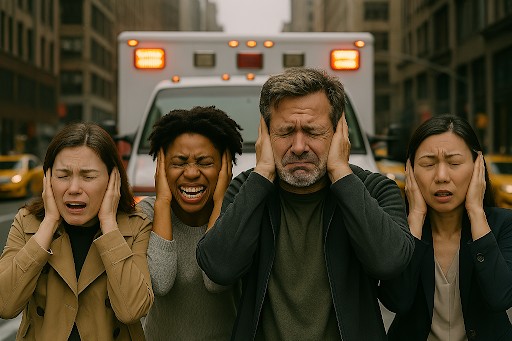There is a threat to the safety of Americans so elusive it often cannot be anticipated, and even when it is anticipated there is often no reaction against it… you know, without spending money or changing things. When it strikes, chaos ensues and the dangers can be deadly. It involves the linkage of secretive and covert organizations such as power companies, water commissions, gas companies, utilities regulators and bridge inspectors.
The strikes against our populace are sudden and predicated on the simplest of time-tested axioms: Sometimes stuff tends to fall apart. Inevitably, all things, including ourselves, get old.
Just this past Wednesday, the Santa Monica Fire Department was dispatched to the 500 block of Olympic Boulevard on a report of a natural gas leak. The scene was cleared quickly, but there’s no question that at least few of those involved had the Aliso Canyon gas leak on their mind.
That leak, which is still spewing both gas and litigation and has precipitated a possible overhaul of how state utilities are regulated, has yet to have its exact cause determined. But it’s a pretty safe bet something is broken or fell apart. Maybe something that was somehow missed.
Sometimes the threat is known. In 1990, the federal government gave the I-35W Bridge that crosses the Mississippi River in Minneapolis a rating of “structurally deficient,” citing significant corrosion in its bearings. Approximately 75,000 other U.S. bridges had this classification by 2007.
On August 1st, 2007, the evening rush hour on the bridge was at its peak. The bridge collapsed, killing 13 people and injuring 145. It was the second busiest bridge in Minnesota, carrying 140,000 vehicles daily. In the aftermath, the NTSB cited a design flaw as the likely cause of the collapse, noting that a too-thin gusset plate ripped along a line of rivets. And there was possibly more weight on the bridge than engineers had ever anticipated there would be.
And now there’s this business of the drinking water in Flint, Michigan. You can read all about it and come to your own conclusions as far as establishing a chain of events that will somehow directly lay blame at someone’s feet. But even if we had a singular cause, there’s still a part of this one that bugs me and it’s simply that I don’t believe this same problem will ever occur in Palm Beach, Florida or even our own gated Bel Air. I don’t think the children of those folks will end up drinking lead.
We are currently being serenaded by political candidates who sing a song meant to stir into our blood an anxiety over sudden and unexpected attack from “terrorists” and those inspired by terrorist organizations. Those attack attempts will continue and hopefully their impacts will increasingly be diminished by early detection and constitutionally correct use of police surveillance. Those threats have red flags that can be seen and pursued; the organizations propelling those actions can be weakened and hopefully brought down.
This other thing, this infrastructure threat… I’m just not sure we’re properly armed and ready. When oil companies move oil on railroad cars and then some of those trains wreck and cause death and environmental damage, we can investigate and find the causes. Brake lines that might not have been properly connected, even uncoupled engines on a so-called “runaway” train. What we can’t detect and flush immediately from the operating systems are all of the human decisions made in the first place; decisions to move explosive and toxic materials right through the center of cities and towns.
I’m arguing that “infrastructure” includes those kinds of decisions and judgement; that sort of evaluation of risk and danger as a cost of doing business. That may motivate some to color these infrastructure events with dark intent. But the truth is that with collapsing bridges or massive gas leaks or oil spills and toxified drinking water, the enemy has no known connection with al Qaeda or ISIS or Boko Haram. It’s us, and our vulnerability in maintaining systems in top condition. As infrastructure ages, there will more things needing our very best attention. Let’s hope our political leadership – national, state and local – sees that as clearly as it does the terrorist next door.

























